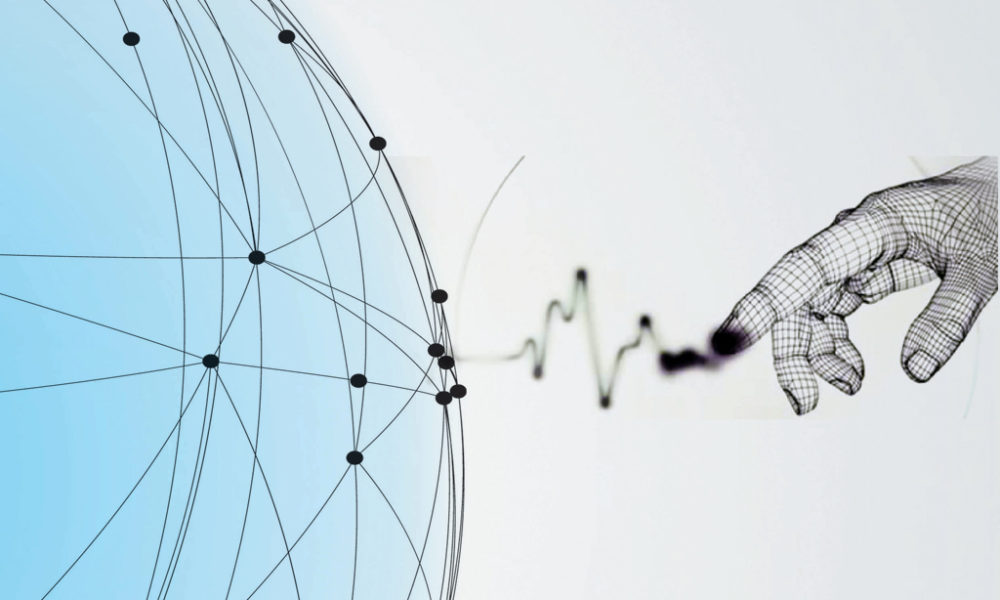Digital Twin for asset management
August 14, 2017 4:33 pm
An in-depth analysis on how ‘digital twin’ can actually help asset management.
In the arena of asset management, today’s challenges include paper-based technical documentation and outdated information, holding the information about the assets in silos, poor visibility of the asset’s performance, a low first visit fix rate, when external service providers don’t always know what to do, and more and more additional regulatory obligations, which can be particularly problematic if the knowledge is tied up with one person or area. Here we bring experts opinion on how ‘digital twin’ can help asset management.
Provides powerful insight and analysis
Varun Arora, National Sales Manager, Exor India says, “A digital twin is a virtual image or representation of your asset, maintained throughout the asset’s entire lifecycle and easily accessible at any time from a single platform, providing powerful analysis, insights and diagnosis. Every piece of equipment has one unique identifier associated with one master record as one single source of truth accessible by all relevant parties throughout its life cycle. When you start to share information, you also start to share all the benefits.”
Arora adds, “The digital twin brings together sensory information, installation and service information, and sales and contextual information. The digital twin is intended to be there throughout the asset’s life cycle: engineering, production, installation and operation, through to decommission. The record is maintained in the cloud and in this way the digital world records what is going on in the physical world.”
Accelerates design process and minimises risk of redesign
Speaking on how ‘digital twin’ can help asset management Ninad Deshpande, Head – Marketing, B&R Industrial Automation Pvt Ltd, says, “In industry, digital twin offers unlimited possibilities beyond the conventional design process. Using an in-line digital twin accelerates design process and minimises risk of redesign and losses. B&Rs Automation Studio, a powerful single tool for programming has an in-built simulation, which is capable of simulating electronics right down to the motor. This helps machine and factory builders to start programming even before the machine and factory is mechanically and electrically complete.”
Further Deshpande says, “Thanks to integrated automation approach from B&R, the users need not program the system again with the actual hardware. This same program developed for simulation works directly without a single change, reducing time-to-market and increasing profitability.”
With MapleSim and Matlab in addition to automation studio, users are now able to simulate even the mechanics. This helps in confirming their selection of components and feasibility of mechanical design even before the actual production. Moreover, Deshpande explains, “The use of MapleSim allows the machine designer to create a virtual prototype of the machine design, directly from the CAD representation, and integrate it in automation studio as a Functional Mock-up Unit (FMU). It is possible to validate designs earlier and test the configuration of the machine control system and reduces risk of failures and errors in critical phases of the lifecycle. Users thus can configure and test the virtual machines even before building the real machine and factory. This accelerates the implementation and commissioning process, reduces risks and costs. Solutions from B&R, helps unlock the real value of this innovation helping you transform manufacturer operations into digital enterprises and lead the way – resulting in smarter products and smarter machines.”
Helps analyse, assess, predict and monitor data
Commenting on how ‘digital twin’ can help asset management, Sameer Gandhi, MD, OMRON Automation, India says, “Digital twin is a digital representation of a physical asset that helps analyse, assess, predict and monitor data of the physical asset. It enables plant monitoring in real-time, which helps in accelerating the productivity from the industry. This analysis and monitoring provides significant benefits to both the equipment OEM and the operator. Combined with advanced analytical tools and machine learning, it will provide a platform that changes the traditional way of how we look at the analysis of asset condition and performance in the industry. It will enable a new generation of advanced mechanisms and analysis that will boost the productivity.”
Gandhi informs, “In the contemporary times, businesses are looking at innovation that will drive the operational efficiency with reduced cost. ‘Digital twin’ since its conceptualisation has been equipped with the Internet of Things, which has turned into profitable solutions for the businesses. It is a virtual model which acts as a bridge in pairing of the virtual and physical worlds. It is estimated up to 85 per cent of all IoT platforms will contain some form of digit twinning capability by 2022.”
Analysing of data and monitoring of systems
According to Mukesh Thakur, Assistant Manager– Sales & Marketing, Finder India Pvt Ltd, “Digital twin as a concept has been around since a decade or so, is considered as one of the most sought after concept with respect to benefits it provides in analysis of data and monitoring of systems to sort out problems before they even occur, additionally it not only helps to prevent downtime but even helps to plan for the future by using virtual simulations. It is basically a bridge between the physical and digital world.”
Thakur concludes, “An example of digital twin from our product range can be the PIR Motion sensors with Bluetooth connectivity where we can actually see the ambient lux level on our mobile app and optimise the use of the motion sensor to control the lights according to external ambient conditions.”
Cookie Consent
We use cookies to personalize your experience. By continuing to visit this website you agree to our Terms & Conditions, Privacy Policy and Cookie Policy.

















 English
English Hindi
Hindi